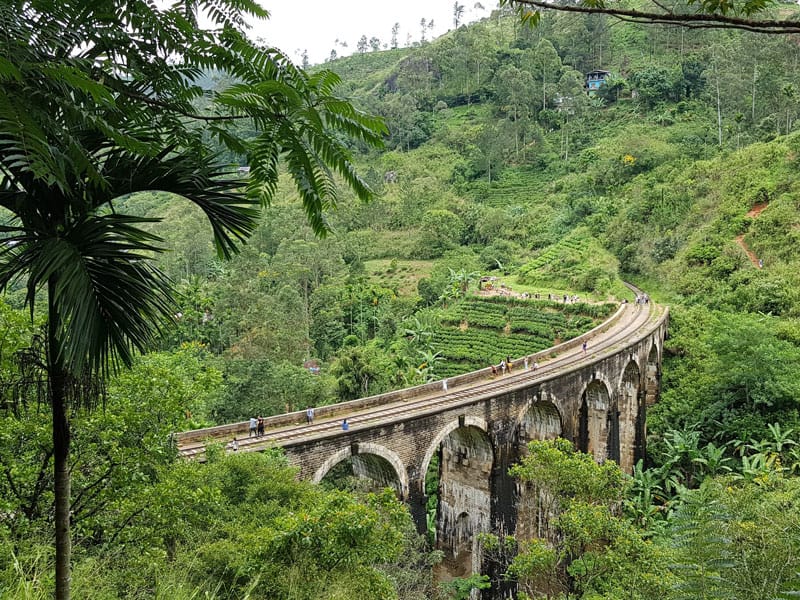
Ten highlights of Sri Lanka
You might say Sri Lanka has been hiding in plain sight. Scores of travellers have passed overhead on their way to someplace else, but years of uncertainty kept Sri Lanka off many itineraries. Now, however, all that has changed. Lying between the more trodden parts of India and Southeast Asia, Sri Lanka’s endless beaches, timeless ruins, welcoming people, oodles of elephants, rolling surf, famous tea and spicy food are undeniably alluring.
Check out the must-see ten highlights – it’s the place you haven’t been to yet, that you should.
Wildlife
Sri Lanka has many birds, mammals, reptiles and amphibians which you can not find anywhere in the world. It’s also renowned as one of the best places to watch elephants and leopards. In August and September, one can see the highest concentration of elephants during ‘The Gathering’ a seasonal event in Minneriya National Park. In Yala National Park leopards are as high as one per square kilometre. During January-April blue whales can be seen off the shores of the south coast. Sinharaja, the tropical rainforest of the country is the place to glue one’s eyes on to the world’s largest mixed species of birds flocking together.
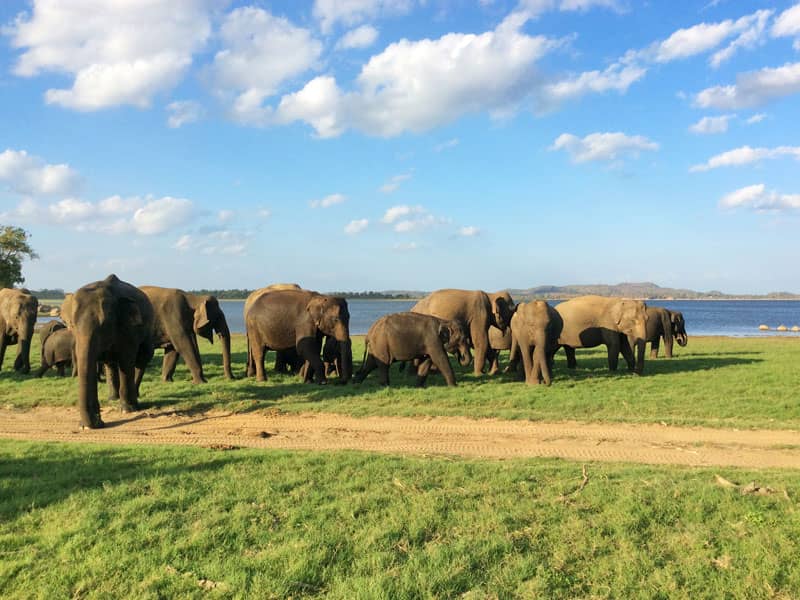
Gemstones
Sri Lanka is one of the world’s most important sources of precious stones, and its gems have long been famous – indeed one of the island’s early names was Ratnadipa, ‘Island of Gems’. The Ratnapura district is the island’s richest source. Gem mining is still a low-tech, labour-intensive affair and the mining and sorting are traditionally carried out by the Sinhalese, though gem cutters and dealers tend to be Muslim. The most valuable precious stones found in Sri Lanka are corundums, a mineral family which includes sapphires and rubies. Sapphires range in colour from blue to as clear as a diamond.
Spices
During early historical times, Sri Lanka known as Taprobane was world renowned for its quality spices. During ancient times the Greeks, Romans and the Arabic maintained their links with Sri Lanka through the spice trade. Visit a spice garden, where smells of cinnamon, pepper, cardamom, nutmeg and turmeric overwhelm the senses and gain insight into an age-old industry of spice production.

Beaches
Sri Lanka is a paradise of unlimited sun, sea, sand and surf all year around. The Indian Ocean is clear, blue and a warm 27 degrees. Sri Lanka is blessed with a 1340 km coastline around the country. Each beach has its own distinctive character and highlights and all are within easy reach of the capital. It’s no doubt that you will be spoilt for choice in Sri Lanka.
My top five:
Hiriketiya
On the south coast, the area around Dikwella is becoming more popular with travellers looking to escape the increasing development further to the west. A string of relatively unspoilt beaches dot the coast here, most notably the stunning little horseshoe bay at Hiriketiya.
Bentota
One of the finest stretches of beach on the west coast, running south from the magnificent Bentota lagoon and lined with a string of alluring hotels. Behind the beach, the calm waters of the lagoon are perfect for kayaking and jet-skiing.
Arugam Bay
On the east coast, Arugam Bay is a popular destination with independent travellers drawn by the charms of its unspoilt, palm-fringed beach. Surfers have put the village on the map by visiting to ride what are widely thought to be some of the best waves in Sri Lanka.
Mirissa
On the south coast, the fine sands of Mirissa beach are backed by palm trees, while its clear waters and lively waves make it ideal for both swimming and surfing. Numerous whales can be spotted reasonably close to the shoreline and multiple tour operators offer boat trips to see them during the season which runs from December to April.
Uppuveli
Just north of Trincomalee on the east coast, the sleepy village of Uppuveli is a great option if you want a beautiful beach well off the beaten track. Proximity to the former civil war zone means that this seemingly endless swathe of soft white sand lining the coast remains remarkably unspoilt.
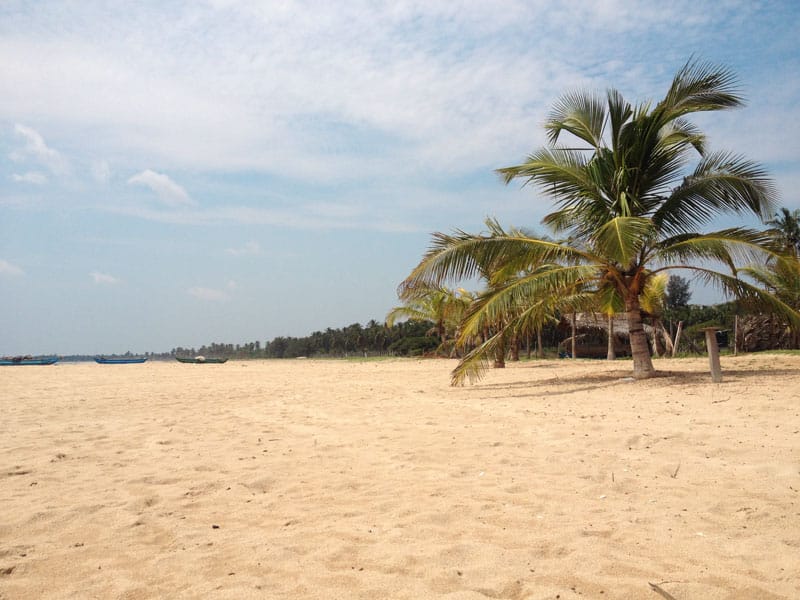
Ayurveda
The world’s oldest and most holistic medical system has been practised for centuries in Sri Lanka. Its roots reach back deep into Indian history – descriptions of a basic kind of Ayurvedic medical theory are found as far back as the second millennium BC. Today it is an experience that is increasingly sought after by tourists. Fortunately, Sri Lanka is a specific destination for Ayurvedic treatment, available in numerous, stylish spas, many of which offer a range of diverse holistic treatments. Retreats are also very popular, programmes consist of a range of herbal treatments and massages in combination with cleansing and revitalisation techniques including yoga, meditation, diet and abstention from alcohol.
The people
Sri Lanka is a multi-religious and multi-cultural country with a population of nearly 21 million people living together in harmony. Nearly three-quarters of the population are Sinhalese, the major ethnic community. The other main ethnic group today is Tamils. Then there are Muslims, the Malays and Chinese along with the Dutch Burghers living in this country.
There are three official languages in Sri Lanka and most people speak two of them. Most people speak English but some speak English and Sinhala or English and Tamil. There are some that speak all three.
Whatever their situation in society, the people of Sri Lanka possess a warm and friendly nature reflected in persistent smiling faces and eagerness to help those unfamiliar with aspects of local life. You’ll find that Sri Lankans are very hospitable and take pride in inviting people to their homes, however modest they may be. So don’t be surprised if a driver or guide, or indeed virtually anyone encountered, requests the pleasure of your company. And don’t decline, as Sri Lankan hospitality is taken very seriously!
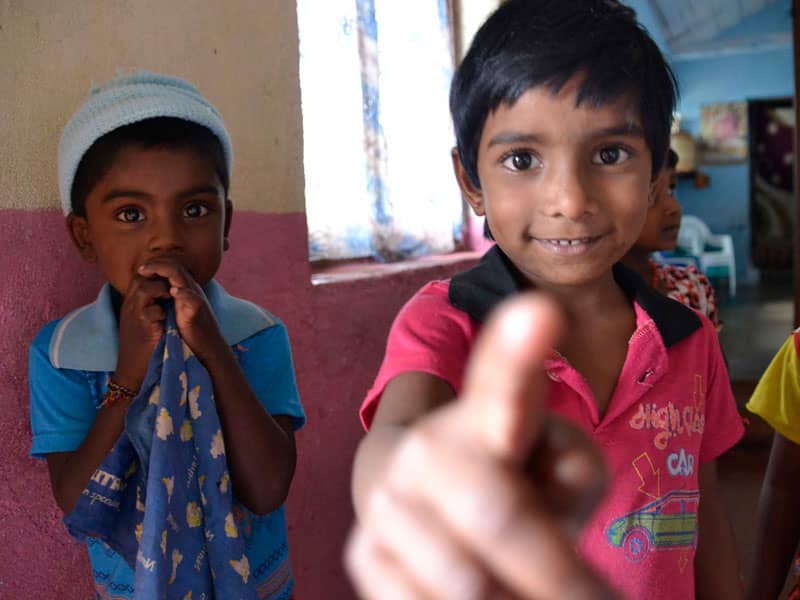
Tea
Some of the finest teas in the world are produced in the hill country where you can witness a green carpet of thousands of hectares of beautiful tea estates. Visit a tea factory during a trip in the tea region and watch how tea is picked, dried, crushed, fermented, and fired using machinery that has remained largely unchanged since Victorian times.
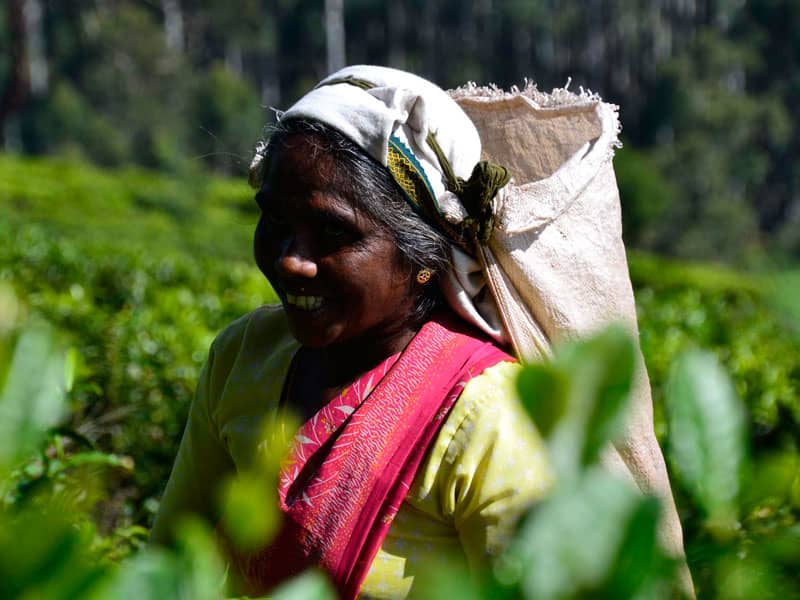
Heritage
Sri Lanka has astonishing eight world heritage sites within its small land territory. Six of them are cultural sites which are a testament to a great civilization with over 2000 years of recorded history and the seventh and eighth are natural sites which boast some of the highest biodiversity found outside the Amazon basin. Experiencing Sri Lanka’s heritage sites takes you on a spiritual journey that will uplift and amaze, inspire and refresh.
Sacred City of Kandy
Kandy, the site of Sri Dalada Maligawa, also called the Temple of the Tooth, holds a tooth of the Buddha. Over the years, the relic came to be very important politically; the belief was that the holder of the sacred tooth was the one who would have power over the Buddhist population.
Ancient City of Sigiriya
The rocky outcrop of Sigiriya holds the ancient remains of King Kassapa’s palace from the 5th century AD. The top is reachable by stairs built on the side of the mountain and features the Lion Rock and the remains of the palace and fortress.
Sacred City of Anuradhapura
The city of Anuradhapura was the first ancient capital of Sri Lanka, and it is still a sacred Buddhist religious center. Buddhist worshippers and pilgrims visit the well-preserved ruins of the temples and religious centers along the bank of the river Malwathu Oya year-round.
Old Town of Galle
The Dutch built the fortified town of Galle in the 16th century. Thick stone ramparts, which were built to protect the goods stored there during the times of the Dutch East India Company in the 17th and 18th centuries, surround the historical buildings and churches.
Ancient City of Polonnaruwa
After the destruction of Anuradhapura in the 1st century, Polonnaruwa became the second capital of Sri Lanka. The remains include Bhramanic constructions from the Cholas civilization as well as the garden city that was constructed on the site in the 12th century.
Dambulla Cave Temple
The Golden Dambulla Cave Temple has been a pilgrimage destination for the past 22 centuries. It’s also the largest and best-preserved cave temple on the island.
Sinharaja Forest Reserve
The Sinharaja Forest is one of the two natural UNESCO World Heritage Sites. The last remaining primary rainforest in Sri Lanka, the Sinharaja Forest Reserve is full of endemic trees and species – a great place to visit if you love nature.
Central Highlands
The Central Highlands of Sri Lanka includes Horton Plains National Park, the Knuckles Conservation Forest and the Peak Wilderness Protected Area. There are plenty of hiking trails in the Central Highlands, and it’s a biodiversity haven for naturalists.
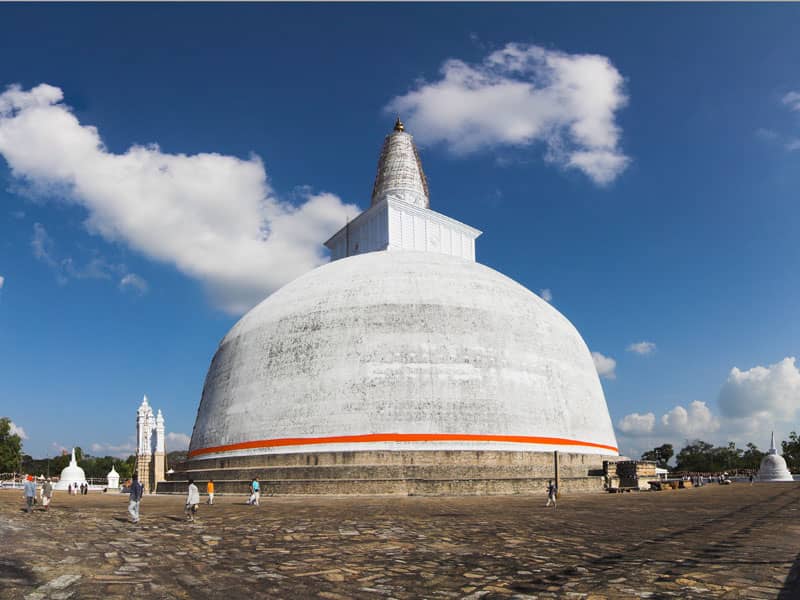
Festivals
Sri Lanka’s civilization endows the island with a legacy of impressive festivals relating to the Buddhist, Hindu, Muslim and Christian religions. Sri Lanka probably has more festival days than anywhere else in the world. The current Sri Lanka calendar lists 29 public holidays for the year, more than any other country and only exceeded by some parts of Australia.
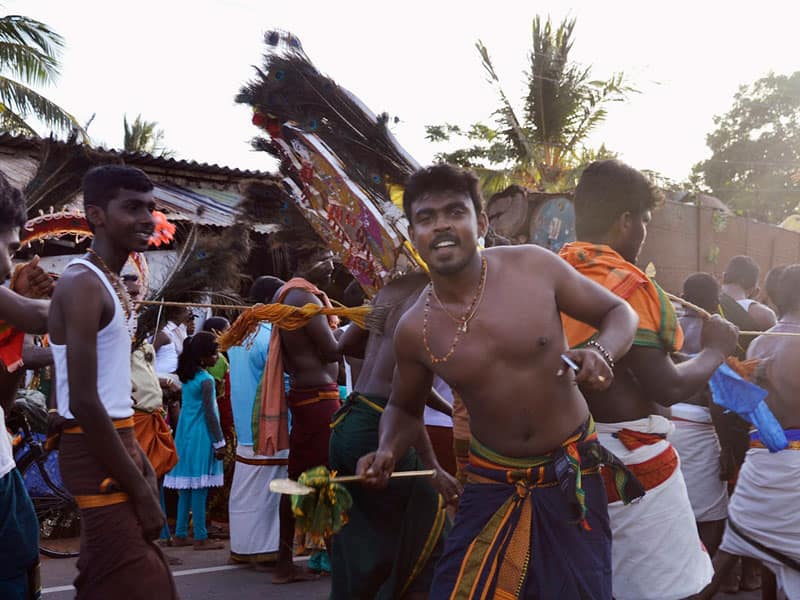
Railway
One of the unquestionable highlights of touring Sri Lanka is a journey by rail. The network is extensive and links many of the country’s must-see destinations. The railway contains some of the most magnificent scenic rail routes in the world, winding its way through mountain paths, forests, misty peaks and precipices, as well as tea estates, remote villages and spectacular waterfalls, there is arguably no better or more relaxing way to experience this incredible country.
